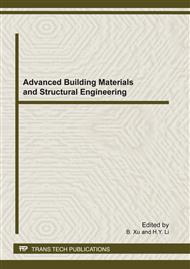p.652
p.656
p.661
p.666
p.671
p.677
p.682
p.686
p.690
Map Building in Indoor Environment for Service Robot Based on Laser Sensor
Abstract:
Map building is an essential problem in the field of mobile robot research. The accurate environmental map provides the important safeguard for the robot autonomous navigation and localization. In this paper, the two-dimensional environment map based on geometric features information was built by laser data when service robot worked in indoor structured environment. However, this article focused on analyzing the method of line fitting in the process of building local map and the method of global map updating. The experiment indicated that this method has the high accuracy and effectiveness, also reduces error caused by the uncertain information in the process of map building, which makes the indoor environment map update in real time.
Info:
Periodical:
Pages:
671-676
Citation:
Online since:
February 2012
Authors:
Keywords:
Price:
Сopyright:
© 2012 Trans Tech Publications Ltd. All Rights Reserved
Share:
Citation:


